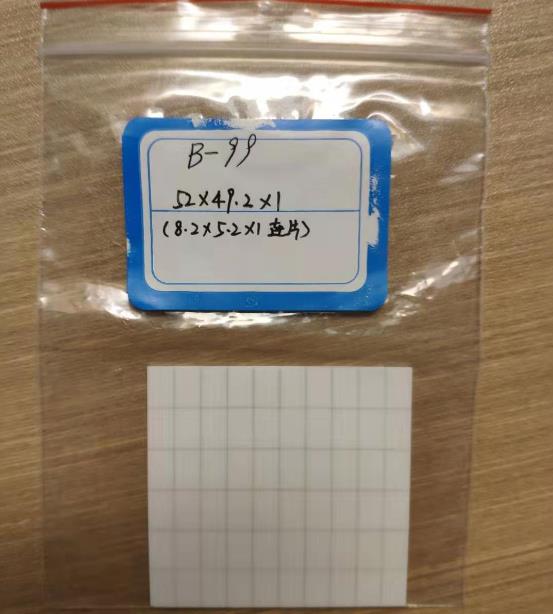Beryllium Oxide Ceramic Safety
Understanding the Safe Handling of Beryllium Oxide Ceramics, Beryllium Oxide (BeO) ceramics are widely valued in aerospace, electronics, and nuclear engineering industries for their exceptional thermal conductivity and electrical insulation properties. While solid, monolithic BeO components are inherently stable and pose minimal health risks when intact, proper handling is critical to ensuring safety. Here’s what you need to know to work confidently and responsibly with this material.
2/26/20251 min read


The Risks: When Is BeO a Concern?
Solid BeO ceramics in their finished, fired form are not inherently hazardous. The primary risk arises when the material is processed, machined, or disturbed in ways that generate airborne particles. Inhalation of BeO dust or particles smaller than 10 microns can lead to chronic beryllium disease (CBD), a serious lung condition, in susceptible individuals. This underscores the importance of preventing airborne dispersion during activities like grinding, cutting, or polishing.
Key Safety Practices for Handling BeO
To minimize risks, adhere to these essential guidelines:
Control Airborne Particles: Use wet machining methods, local exhaust ventilation, or enclosed systems to suppress dust generation.
Personal Protective Equipment (PPE): Wear NIOSH-approved respirators (N95 or higher), gloves, and protective clothing when handling BeO in powder form or during processes that create particulates.
Avoid Cross-Contamination: Clean workspaces regularly using HEPA-filtered vacuums—never dry sweep or use compressed air.
Hygiene Practices: Wash hands thoroughly after handling BeO, and avoid eating, drinking, or storing food in work areas.
Regulatory Compliance: OSHA and SDS Guidance
The Occupational Safety and Health Administration (OSHA) enforces strict permissible exposure limits (PELs) for airborne beryllium, including BeO. Employers must monitor workplace air quality and ensure exposures remain below these thresholds (currently 0.2 µg/m³ as an 8-hour time-weighted average).
The Safety Data Sheet (SDS) for BeO provides detailed protocols for safe storage, handling, disposal, and emergency response. Familiarizing yourself with the SDS ensures compliance with OSHA standards and empowers teams to mitigate risks effectively.
Conclusion: Safety Starts with Vigilance
Beryllium Oxide ceramics are safe to use when handled with care and respect for established guidelines. By prioritizing dust control, using proper PPE, and adhering to OSHA and SDS recommendations, workplaces can eliminate nearly all associated health risks. Stay informed, stay prepared, and always prioritize safety to protect both personnel and productivity.
Always consult your organization’s SDS and safety officers for specific protocols tailored to your operations.
